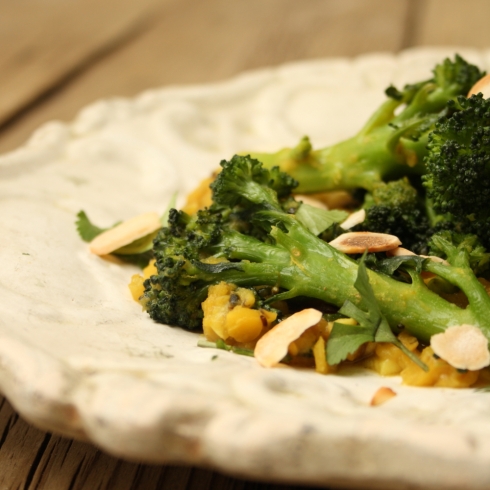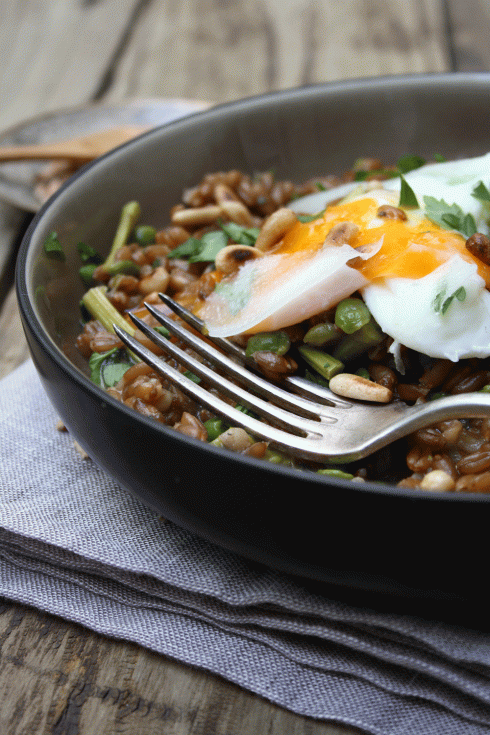 It’s been so long since I posted a recipe I’m sorry. I have so many recipes to catch up with but no time, which is a good thing I suppose. Fresh To Go is really busy which is more than we could have hoped for. Thank you customers!
It’s been so long since I posted a recipe I’m sorry. I have so many recipes to catch up with but no time, which is a good thing I suppose. Fresh To Go is really busy which is more than we could have hoped for. Thank you customers!
It is still summery here but I realise that in other parts of the world it can’t make up its mind and is sometimes raining and cold. This recipe is perfect because it makes the transition from a light summery dish to cosy comfort food very easily indeed. Just serve it with a nice rocket salad if the sun is out or some yoghurt & herb mashed potatoes if the weather and/or you are miserable. Mashed potato is a well known antidote to misery.
Tomatoes are cheap & plentiful here and also full of flavour. This recipes uses 3 different types of tomato, plum tomatoes, beef tomatoes and cherry tomatoes but you don’t have to. Cooking the tomatoes encourages flavour even out of the most out of season, cold & dull specimens.
 Savoury Tomato Cobbler with Basil & Manchego Recipe
Savoury Tomato Cobbler with Basil & Manchego Recipe
Serves 6-8, vegetarian.
- 1 onion, chopped
- 4 plum tomatoes, halved lengthwise, white core removed
- 1 kilo beef (Castellano) tomatoes, chopped (or any tomatoes)
- 500 g cherry tomatoes, halved
- 3 cloves garlic, finely chopped
- 1 Tbsp sherry vinegar
- a pinch of dried chilli flakes
- 1 tsp dried or fresh thyme
- a squeeze of honey
- 1 tsp Worcestershire sauce (vegetarian)
- about 10 fresh basil leaves, rolled up & julienned (you will need more for the dough mix too)
- 1 Tbsp cornflour
- 1 tsp salt
- 1/2 tsp black pepper
- 1 1/2 cups (225 g) wholemeal spelt flour (or other flour)
- 1/2 cup (75 g) cornmeal/fine polenta/masa harina
- 1 tsp baking powder
- 1/2 tsp baking soda
- 1/2 cup (110 ml) olive oil
- 3/4 cup (100 g) finely grated Manchego (or Parmesan) cheese
- a good handful of basil leaves, rolled & julienned
- 1 1/4 cups (275 ml) goats (or Greek) yoghurt or buttermilk
Preheat the oven to 180C.
Cook the onion in 1 Tbsp of olive oil in a large pan over a medium heat with a pinch of salt until softened, about 4 minutes. Add the garlic, chilli flakes & thyme and cook for 2 minutes more. Add the chopped tomatoes, cook for 5 minutes then add the vinegar, Worcestershire sauce, cornflour, salt, pepper and honey. Cook for 5 minutes more. Taste and adjust salt & honey as required.
Place the halved plum tomatoes, cut side up in the bottom of a 9 x 13 inch baking dish (or 1 half in each individual dish if you have them), then spoon the cooked tomato, onion mixture over them. Top with the halved cherry tomatoes. Bake for 10 minutes.
Meanwhile mix together the flours, baking powder & baking soda in a large bowl and season with salt & black pepper. Drizzle over the olive oil and then crush it into the flour using a fork until it is evenly distributed and resembles crumble mix. Put it in the fridge for 10 minutes.
Stir the grated cheese & basil into the flour mix, then add the yoghurt and stir until just combined. Do not overmix or it will be tough. Dollop small roundish handfuls of the mix on top of the tomatoes, leaving gaps in between, do not spread to cover.
Bake for 30 – 35 minutes until golden brown. Leave to cool for 10 minutes or longer before serving with either a green salad and/or yoghurt & herb mashed potatoes.
I am off to Rome to meet up with my Dad this weekend. For research purposes only you understand. Very excited about the food, I have a long list of restaurants I want to try. I’ve heard there’s some sights to see too. Only if there’s time between lunch & dinner though…









































































